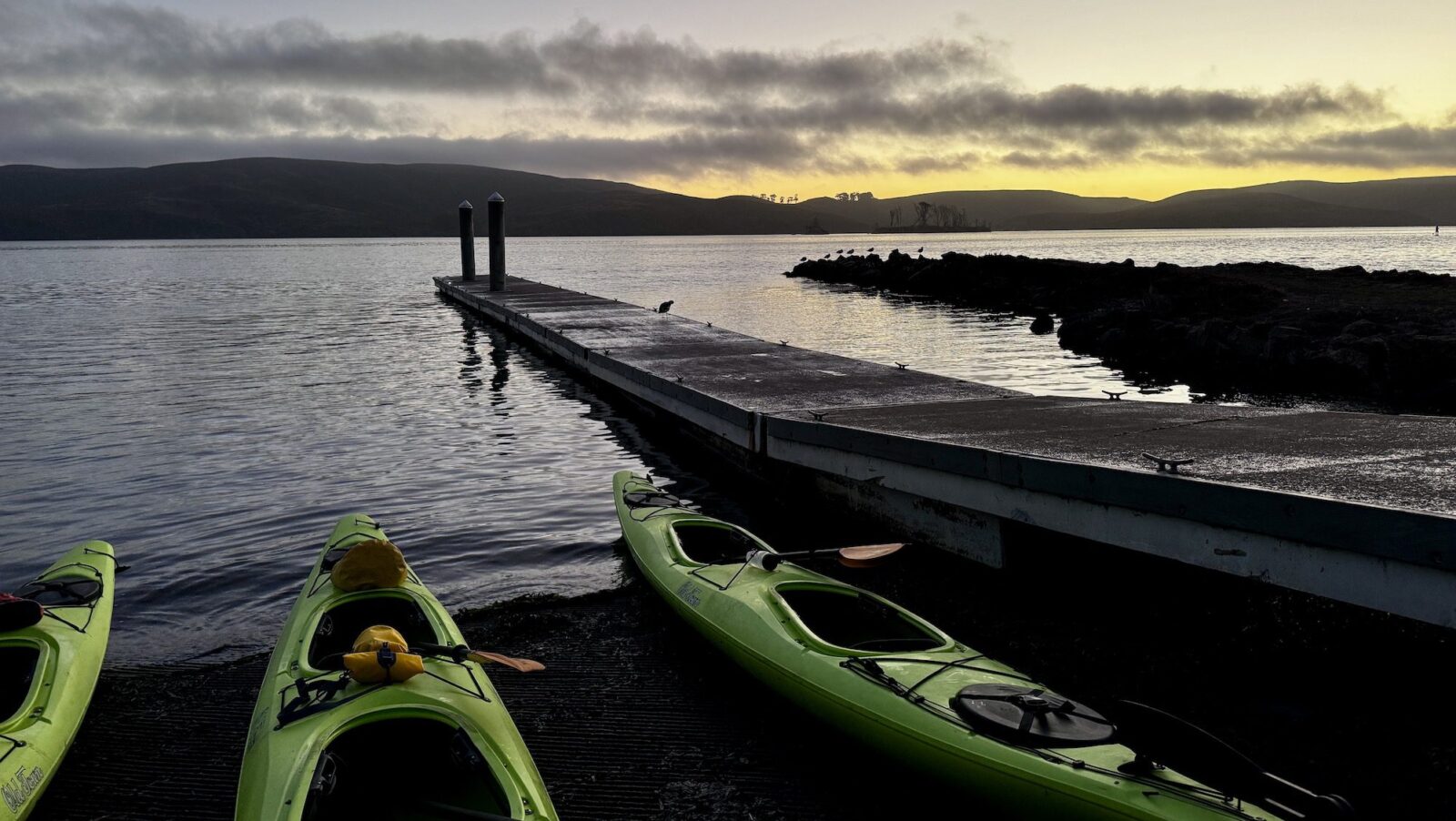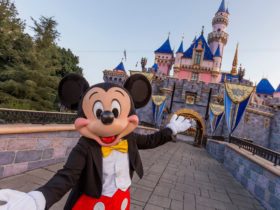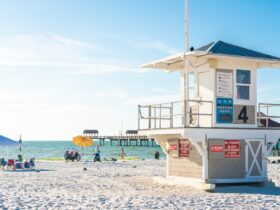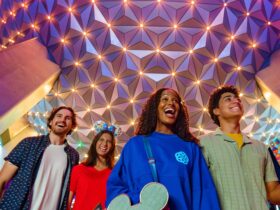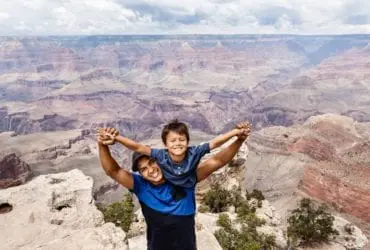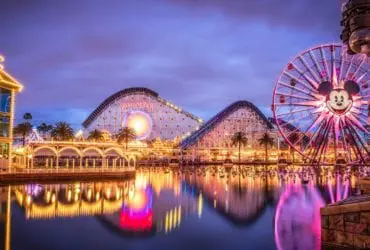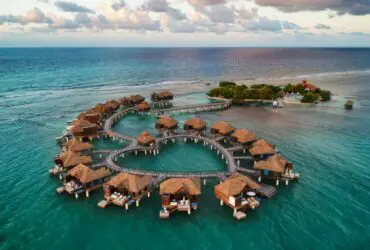I will never go to space, but sitting in a gently rocking kayak enveloped in darkness so deep I can only feel the world around me, then scooping up a handful of briny water to watch my cupped hands sparkle like stars, that feels like a pretty close second.
The night is cool, still, almost silky, and I could stay in this moment forever, but from a nearby boat I hear the guide urge us on, closer to the dark shores where Northern California’s Tomales Bay laps up against the spur of Point Reyes National Seashore. “This way,” she calls. “There’s so much more.”
This long, slender bay an hour north of San Francisco is a hidden gem for bioluminescence. The organisms that create this glow, bioluminescent dinoflagellates, are a type of plankton that are surprisingly common around the world. But to see more than just the occasional “sea sparkle”—as sailors have long called it—you need a lot of these little organisms in one place.
Todd Plummer, senior naturalist at Blue Waters Kayaking, explains that the Tomales Bay “concentrates the dinoflagellates with its geometry. Because of the bay’s narrow mouth, the bioluminescence doesn’t get cleaned out or diluted during storms like they do in most of the more C-shaped bays in California.”
I pull the paddle through the water and see a sleek blue-white shimmer tracing a path to the surface. This clear night far from the city lights seems to draw back the curtain on the universe. The dark sky above us rests as lightly as a veil pricked by a thousand tiny pins to let the blazing light of some other universe peek through.
The bioluminescent kayaking tour
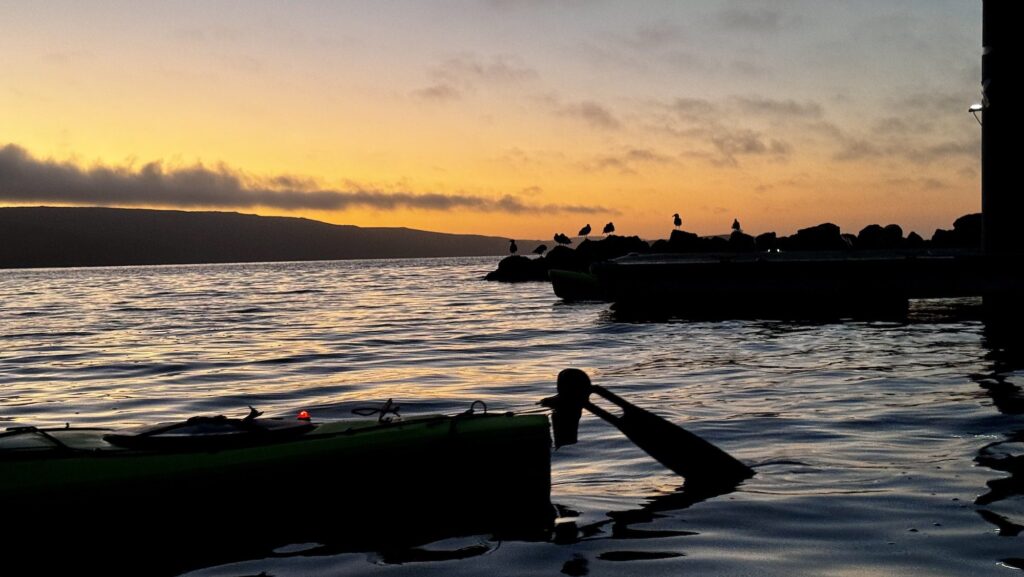
Our bioluminescent tour group of a dozen or so strangers had gathered at dusk on the shores of Tomales Bay, which floats atop the San Andreas fault separating North America from the Pacific. Our naturalist guides passed out gear and gave safety briefings as the sun set, and we slipped our tandem ocean kayaks into the water as the first stars appeared in the sky.
For many of us, this is our first time seeing bioluminescence, the sparkliest members of the protist kingdom. It’s a grouping that shares ancestry with animals, plants, and fungi, but evolved independently. While some protists photosynthesize like plants or break down decaying matter like fungi, these dinoflagellates are more like tiny animals, hunting and eating bits of detritus in the water. Ruled by circadian rhythms, they’re most active at night, and easier to see in places where it’s really dark. Their glow is triggered by motion, of paddles, fish, swimming, waves, and the swirl of hands through water.
There are no other boats out on the bay at this time of evening, but we’re not alone. As we pass Hog Island, we pause to watch the inky silhouettes of sea birds roosting in the tall trees. We follow the sounds of elk and owls toward the bluffs Point Reyes, our kayaks now a parade of little dim red lights bobbing in the night.
Like the darkness, the quiet feels like a revelation to someone used to the constant hum of city life. “It’s so quiet that sometimes, we can hear raccoons crunching oyster shells on shore, and every once in a while a seal will approach us curiously—you can hear it panting like a dog,” says Plummer.
As we arrive in a shallow cove, I glance down and see streaks of shimmering light, the trails of fish zipping around. Lucky groups sometimes catch glimpses of bat rays with five-foot wingspans swooping through the water, leaving blue-green diamonds in their wakes.
Light as language
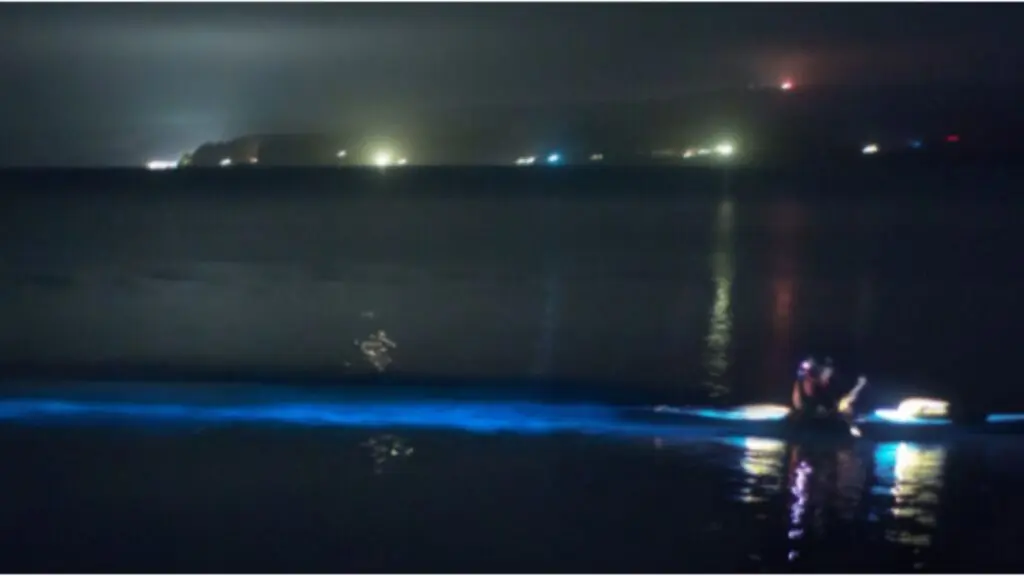
We’re seeing bioluminescence close to the surface, but science has only begun to learn the roles it plays deeper in the ocean. Plummer notes a theory about giant squids’ massive eyes; it may help protect them from predators. Sperm whales dive deep to hunt. “As the whales descend, they create a diving bulge of bioluminescence.” The ability to see that glow from afar gives squid time to make a fast exit.
Here where the sky meets ocean, I trail my fingertips through the water. Little sparkles cling to the droplets on my fingers, cold fire in my hand, a firefly code. In these moments of awe, I’m tied to a tradition thousands of years old. One of the first written descriptions of bioluminescence came from first-century naturalist Pliny the Elder, who detailed the Roman fad of eating raw piddock clams for their effect of a glowing mouth and hands.
Light is a language of time. In the stars above, it’s ancient and in the fleeting sparkle below, instant—billions of years and milliseconds in constant conversation. As I paddle toward a dark shore, pressed between countless stars and an ocean that glitters upward, something happens to my body. It’s the full-body tingle that comes from a rare true display of magic.
If you go
In recent years, the local bioluminescence season has stretched, with chances to see it nearly year-round. For the best odds and the best weather, Plummer suggests going in September or October, when it’s often less windy, there’s a lower chance of rain, and earlier sunsets mean these tours don’t end quite as late. Kids 13 and older can join with an adult.
Taking photos of bioluminescence from a rocking boat ranges from incredibly challenging to downright impossible, especially if you’re using a camera phone. My advice: either bring the right gear or just put your phone away and enjoy the moment, technology-free.
More from FamilyVacationist:
- 6 romantic weekend getaway spots in Northern California
- Passport to adventure: incredible tour companies for families
- This Tomales Bay lodge mixes nature and comfort



